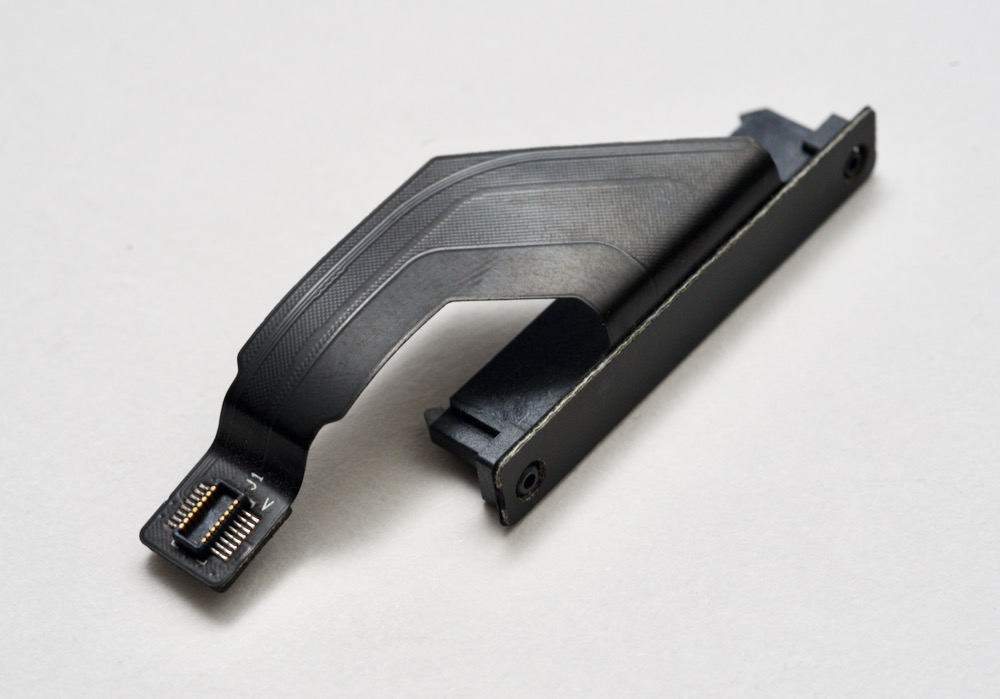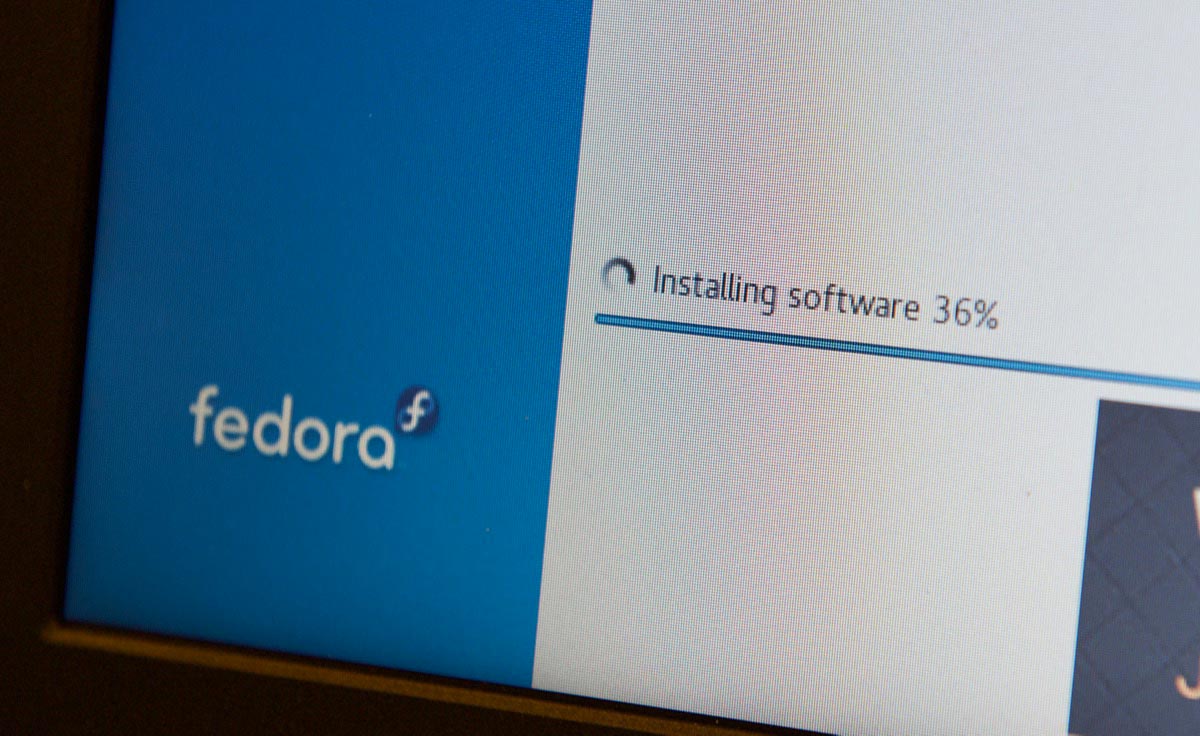The Pi 4 Compute Module might support NVMe storage
There is a companion video to this post: Is fast NVMe storage coming to the Raspberry Pi?.
A couple days ago, Tom's Hardware posted an article stating NVMe support might be coming to the Raspberry Pi Compute Module 4.
On the first episode of The Pi Cast, Eben Upton, the CEO of Raspberry Pi, said "microSD will always be the baseline for storage", but "it's fairly likely we'll support NVMe soon on the Compute Module 4, to some degree, using single-lane PCI Express." (Skip to about 11 minutes into the video for the NVMe discussion).
He also said NVMe support is not without cost, since there's an extra connector silicon required. And with the System on a Chip used in the Pi 4, there's also a tradeoff involved: There's only one PCIe 1x lane, and it's currently used for the Pi 4's USB 3.0. If you want to add NVMe support, you'd have to drop the USB 3.0 ports.

